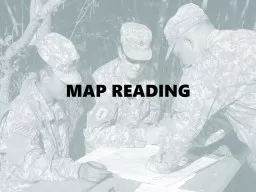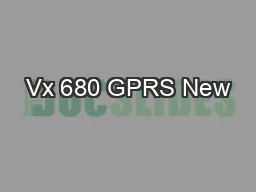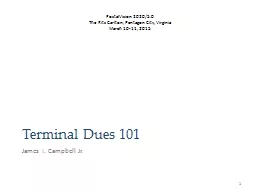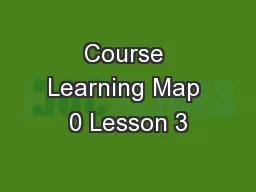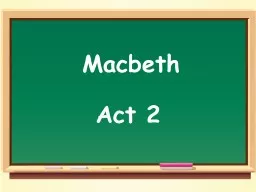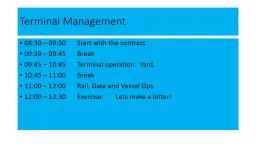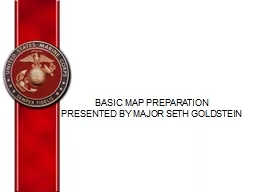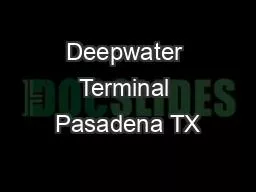PPT-MAP READING Terminal Learning Objective:
Author : mitsue-stanley | Published Date : 2019-11-19
MAP READING Terminal Learning Objective During this block of instruction you will receive training on identifying the major terrain features minor terrain features
Presentation Embed Code
Download Presentation
Download Presentation The PPT/PDF document "MAP READING Terminal Learning Objective:" is the property of its rightful owner. Permission is granted to download and print the materials on this website for personal, non-commercial use only, and to display it on your personal computer provided you do not modify the materials and that you retain all copyright notices contained in the materials. By downloading content from our website, you accept the terms of this agreement.
MAP READING Terminal Learning Objective:: Transcript
Download Rules Of Document
"MAP READING Terminal Learning Objective:"The content belongs to its owner. You may download and print it for personal use, without modification, and keep all copyright notices. By downloading, you agree to these terms.
Related Documents

